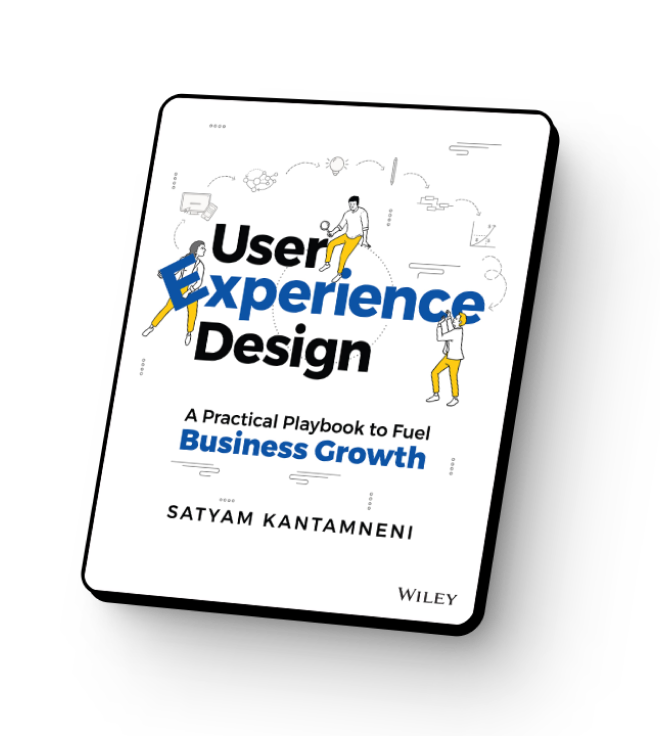Summary:Creating a product involves significant effort, from studying the market and determining what to build, to actually building the product and constantly evaluating how it can be improved. Despite this, you might still hear comments like:Yet, you may have heard comments like: The comments above leave you with questions: |
The unfortunate reality is that many companies invest most of their time and resources in the next big feature or plan a massive product roadmap to achieve feature parity with leading competitors. While these efforts are important, foundational user experience best practices often get neglected. Experience Audits are a quick and efficient way to implement these best practices.
Why do you need an Experience Audit?
As products expand rapidly, there is often little time to ensure the foundation of the experience is consistent and clean. Siloed design and product teams or other organizational processes can unintentionally create user experience issues, leading to a case of “death by a thousand cuts.” These UX and UI inconsistencies result in decreased user engagement, increased customer service requests, lower user satisfaction, and ultimately, user attrition.
Getting the answers you need to take steps towards a better product foundation doesn’t have to be a massive undertaking. An Experience Audit takes into consideration the bigger picture and little details to make sure your i’s are dotted and your t’s are crossed. When done right, setting aside a few weeks to conduct an Experience Audit will have an exponential impact on the quality of your product experience.
The Experience Audit Process: Steps to Success
Experience Audits are a systematic assessment of your product’s experience that can help you identify user experience issues. To gain the most foolproof insights, it’s crucial to make sure you are conducting a comprehensive assessment that considers a variety of variables:
- Alignment with product principles
- Industry best practices
- Intended user flows and tasks
- 10 Heuristic Principles
- Accessibility
- Alignment to existing design system
Capture both strengths and weaknesses to paint a full picture of your experience. During the assessment, evaluate all identified issues based on their impact on the user’s experience and the likelihood of encountering them. This analysis will help prioritize the issues. Categorize the uncovered insights into the following groups:
- UX Issues: Problems affecting usability, interaction, and experience.
- UI Issues: Visual design or presentation-related problems, including layout, aesthetics, and consistency.
- Conceptual Issues: Fundamental issues related to the overall idea, functionality, or logic of the product.
Define a design recommendation for every issue to convert your findings into actionable insights.
Prioritizing Improvements for Maximum Impact
Once you have your data, create a prioritized plan of action. Your organization may have unique prioritization variables based on resources or business goals, but include the severity of the issue and perceived value for the user. With all the pieces in place, you will have a design roadmap containing exact recommendations in weeks.
Timing Your Experience Audit for Optimal Results
Conduct an Experience Audit if you’re preparing for a new product launch, executing a major update, or planning a redesign. Although Experience Audits may seem small, they are essential for achieving user experience excellence. They positively influence first impressions and allow users to focus on what you want them to do.
Choosing the Right Experts for Your Experience Audit
Not sure how to start or don’t have the internal resources? Bringing in an outside consultant to conduct an Experience Audit will give you the added benefit of leveraging dedicated user experience experts with cross-domain expertise to gain objective insights on what’s working and not working in your product.
UXReactor has designed, researched, and audited enterprise experiences across multiple industries and users. We will work with you to extract the primary users and experiences to audit based on your business goals. Once the expert analysis has been completed, all identified issues will be prioritized based on the impact on the user and the product experience. In 3 weeks, you’ll have a product reviewed by industry experts and an actionable roadmap based on findings and recommendations.
Don’t let the small issues impact your product’s success. Let us help you do what we do best so that you can focus on delivering a high-quality user experience for your customers.
In Conclusion
Don’t let small issues impact your product’s success. An Experience Audit can help you identify and address these issues efficiently. At UXReactor, we specialize in conducting thorough Experience Audits to ensure your product delivers a high-quality user experience. Let us help you do what we do best so you can focus on delivering excellence to your customers.
Contact us to collaborate or share feedback.
You can download the one-pager below for more details on the offering!


